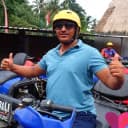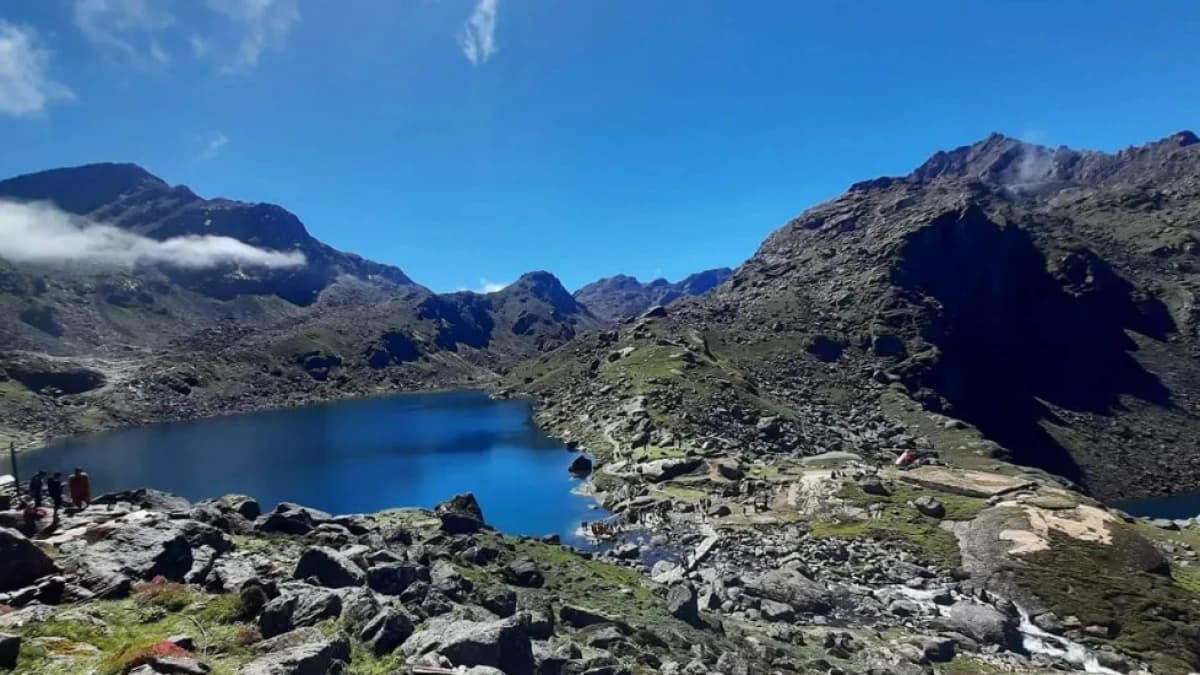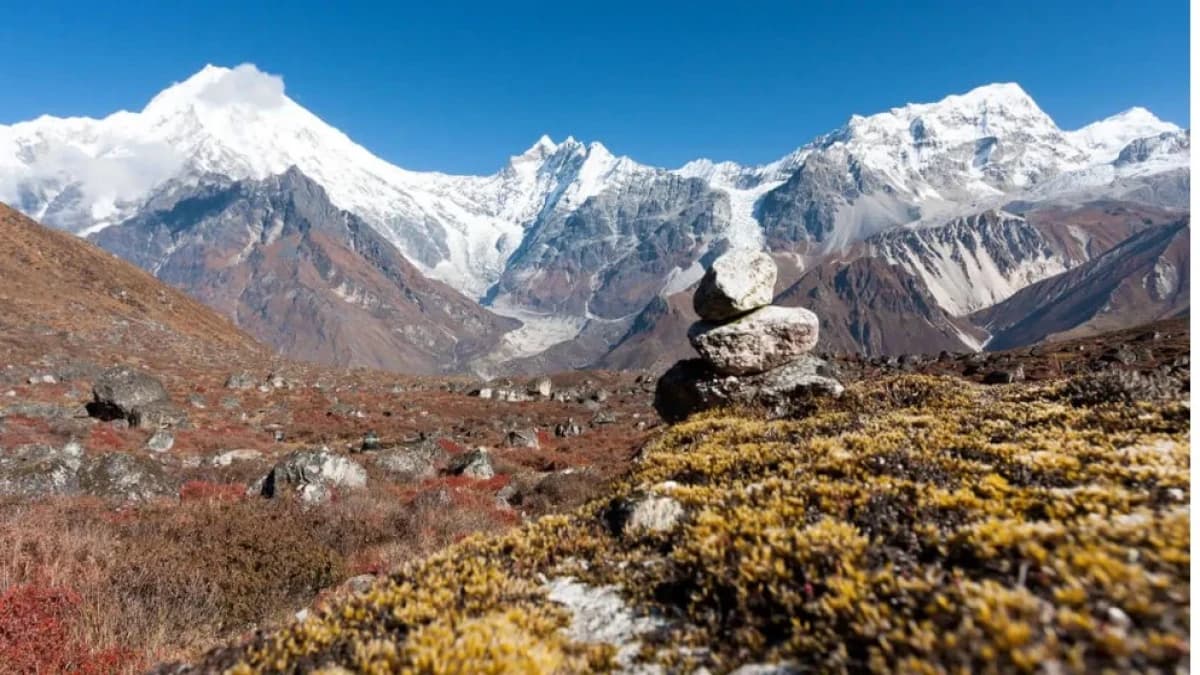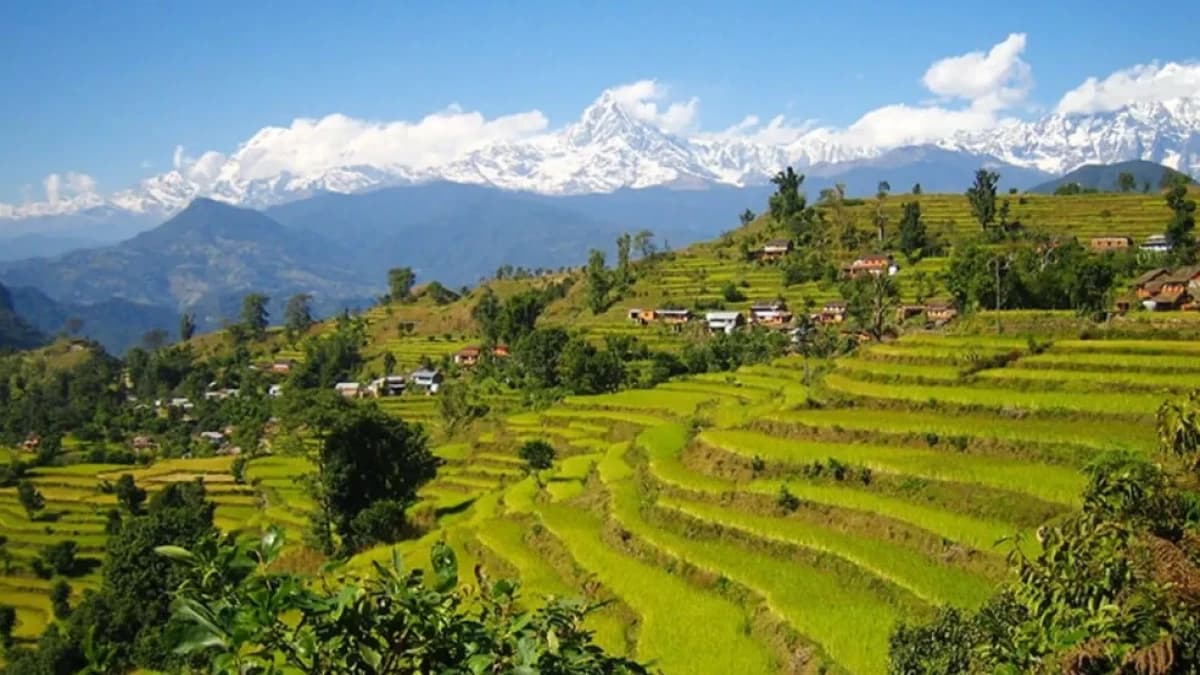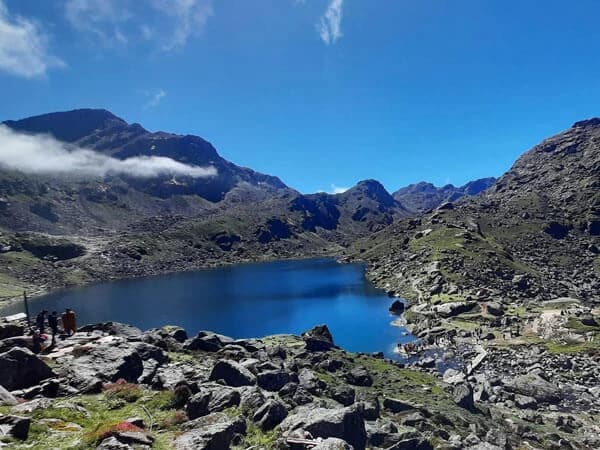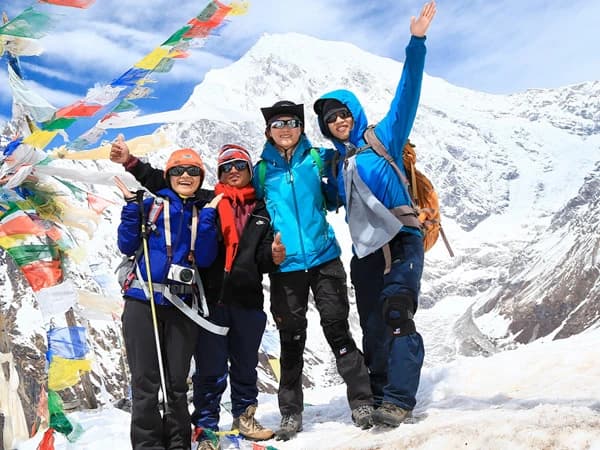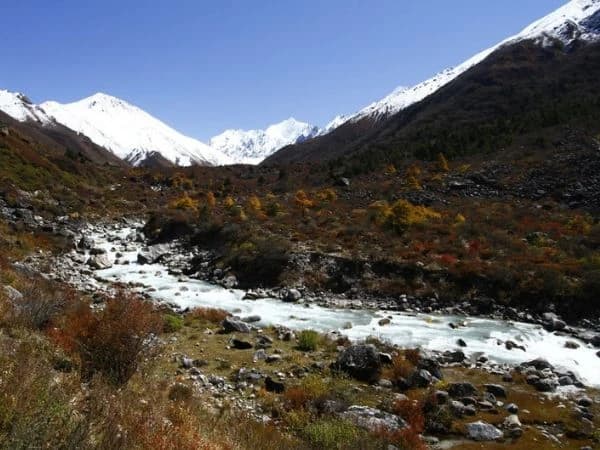The Langtang Gosainkunda Trek is among the finest Himalayan treks for those seeking a new experience of nature, spiritualism, and the touch of inner cultures. Also referred to as the 8 Days Langtang Gosainkunda Trek route, it is the ideal trail for novice and somewhat experienced trekkers who desire a high-altitude trek in the Himalayan region, without facing too much difficulty as in large-scale treks that include the Everest Base Camp.
The Langtang Gosainkunda Lake Trekking in Nepal is located in the core of the Langtang region, which gives the trekking enthusiasts a unique opportunity to wander into distant terrains, gain an insight into the rich culture of the Tamang people as well as the Tibetans, and have an extraordinary view of the Langtang and Ganesh Himal ranges. The pilgrimage includes a spiritual peak at the Gosainkunda Lake, which is a holy alpine lake at 4,380 meters. This is a holy and peaceful place that is not only a primary pilgrimage site for Hindus and Buddhists but also evokes a strong spiritual feeling in all visitors.
The Langtang Gosaikunda trek is reported to be a tough trek, but it is being marketed to be an easy trek compared to the long ones. The track involves steep up trains and uneven high altitude courses, and this demands a lot of physical fitness and mental strength. But it turns out that the effort is more than rewarded by surrealistic landscapes and a great sense of achievement as you arrive at the calm, glacier-fed lake rimmed with disorderly peaks of the Himalayas. The undisturbed beauty of this wild nature is the much-needed relaxation to every soul seeker and also to every lover of nature.
The ultimate thing about the 8 Days Langtang Gosaikunda Trek is that it combines both the beauty and culture. This trek starts only a few hours' drive from Kathmandu, the adventure of the trek completely throws adventurers into a world of rhododendron-lush forest, yak pasture land, hill sides with terraces, and ancient villages. During the trek, one is able to communicate with the local culture of the Tamang people and their traditional cultural values, warmth and hospitality, and monastic life, which is a sway of age-old Buddhist culture.
In the view of people, the feeling of tranquility, to the quieter paths of the Annapurna or Everest, is one of the biggest attractions in trekking through Langtang. It is less crowded, less strenuous, and more intimate. This is what makes it one of the favorite treks by the trekkers who want to have a closer contact with the rugged beauty of Nepal.
Somewhere between the level of difficulty, the Langtang Gosaikunda Trek 8 Days can be classified as moderately difficult. It happens to be a little trickier than the Annapurna Base Camp Trek, as it is referred to steep climbs and undeveloped paths; however, it is easier to complete compared to the high-altitude journey at the Everest Base Camp. The trek is not an aspiration of adventure-seeking travelers unless they are well-acclimatized, have a minimum level of fitness, and have the advice of the expert guide.
Real Adventure Nepal presents professionally designed Langtang Region Trekking in different levels of experience and to suit different types of interested people. Real Adventure Nepal has an aggressive pricing model, and customer satisfaction and safety are their priority, so that all trekkers go through the Langtang highlands having a great and beautiful experience. The logistic experts, porters, and local knowledgeable guides of their crew handle all their arrangements, including transportation, permits, and accommodation, such that a traveler can focus all his/her attention on his/her adventure.
Langtang Gosainkunda lake Trek is an inspirational trekking route that one should not miss once in a lifetime, especially for trekkers who are willing to take up some challenge and want to meet the overwhelming natural beauty and spiritual bliss. With its backdrop of glorious Himalayan panoramas, its sacred lakes of Gosainkunda, and the friendly Langtang culture, this trek brings you a really fulfilling experience with lots of beauty, andis entwined with the people of the Langtang Valley.

Somewhere between the level of difficulty, the Langtang Gosaikunda Trek 8 Days can be classified as moderately difficult. It happens to be a little trickier than the Annapurna Base Camp Trek, as it is referred to steep climbs and undeveloped paths; however, it is easier to complete compared to the high-altitude journey at the Everest Base Camp. The trek is not an aspiration of adventure-seeking travelers unless they are well-acclimatized, have a minimum level of fitness, and have the advice of the expert guide.
Real Adventure Nepal presents professionally designed Langtang Region Trekking in different levels of experience and to suit different types of interested people. Real Adventure Nepal has an aggressive pricing model, and customer satisfaction and safety are their priority, so that all trekkers go through the Langtang highlands having a great and beautiful experience. The logistic experts, porters, and local knowledgeable guides of their crew handle all their arrangements, including transportation, permits, and accommodation, such that a traveler can focus all his/her attention on his/her adventure.
Langtang Gosainkunda lake Trek is an inspirational trekking route that one should not miss once in a lifetime, especially for trekkers who are willing to take up some challenge and want to meet the overwhelming natural beauty and spiritual bliss. With its backdrop of glorious Himalayan panoramas, its sacred lakes of Gosainkunda, and the friendly Langtang culture, this trek brings you a really fulfilling experience with lots of beauty, andis entwined with the people of the Langtang Valley.

